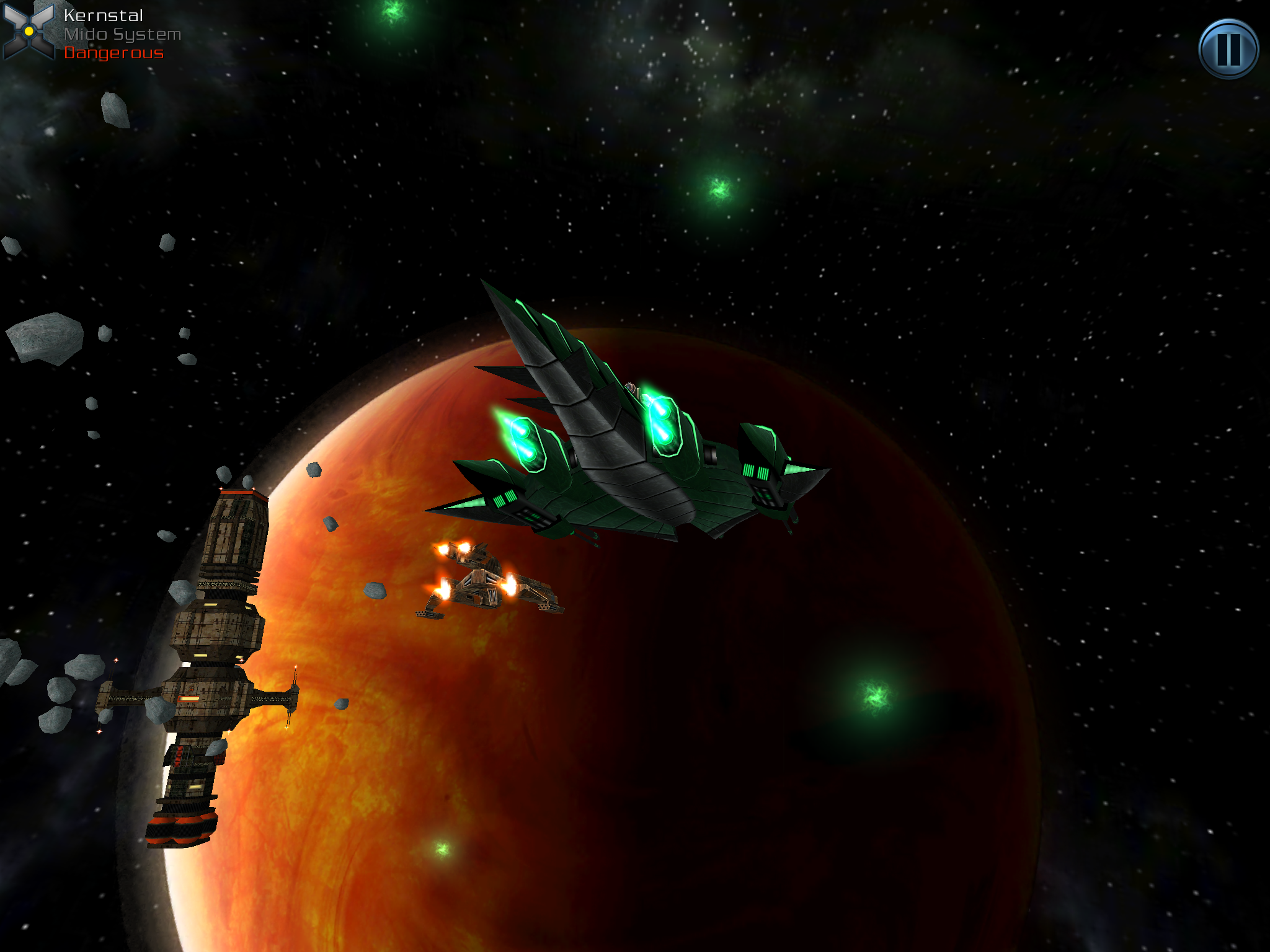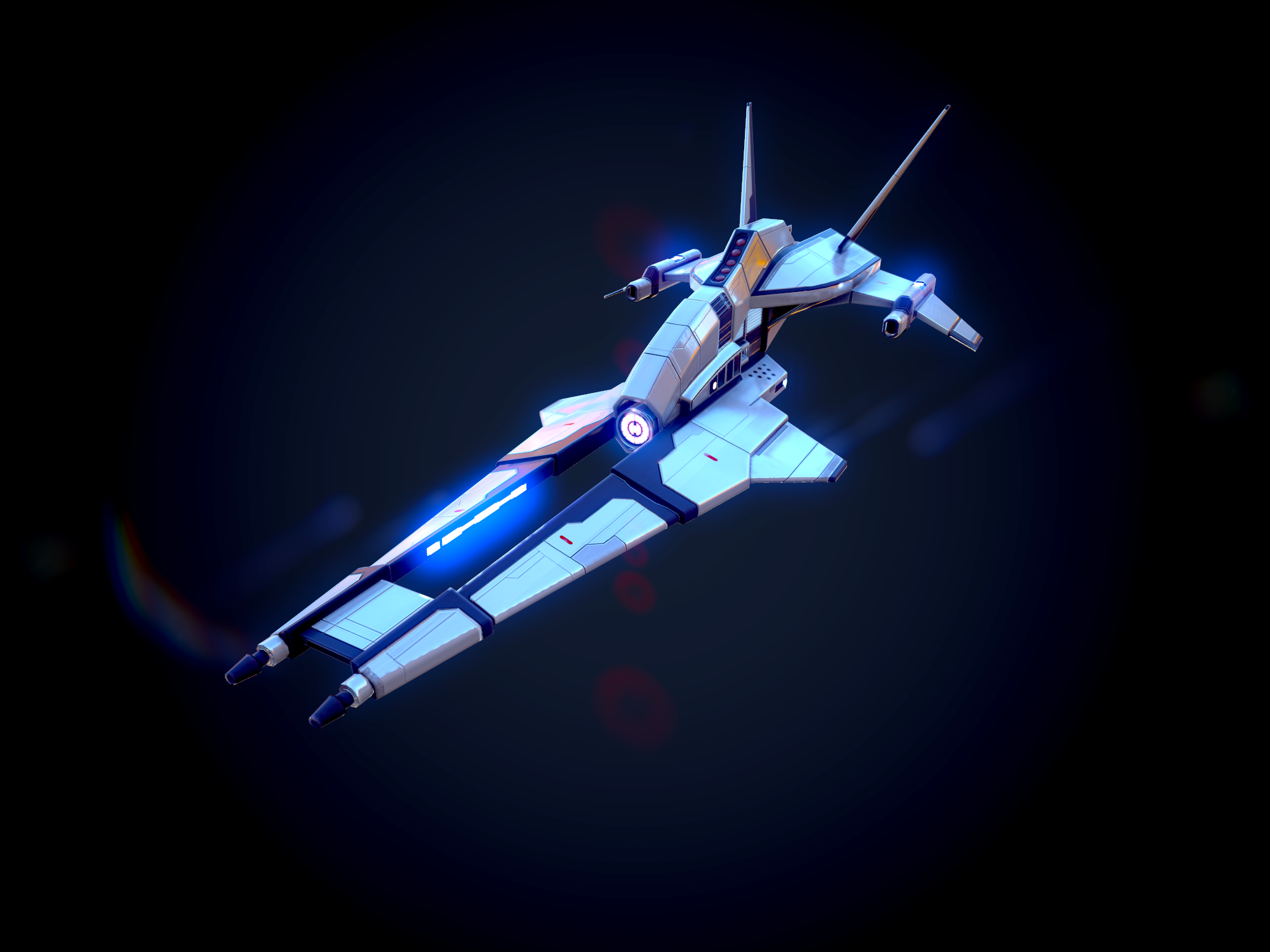

"However, big questions still remain, and this object is giving us challenging clues about those questions." Under the scenario, the repeating bursts also might be a characteristic of younger FRBs and dwindle with age.Ĭo-author Sarah Burke-Spolaor, who teaches at WVU, added: "The FRB field is moving very fast right now and new discoveries are coming out monthly. The astronomers speculated that FRB 190520 may be a "newborn," still surrounded by dense material ejected by the supernova explosion that left behind the neutron star.Īs that material eventually dissipates, the dispersion of the burst signals also would decline.

Its distance from Earth was worked out by the Doppler shift of the galaxy's light caused by the expansion of the universe placed the galaxy at nearly three billion light-years from Earth.

This effect, called dispersion, can be measured to determine the density of electrons in the space between the object and Earth, or, if the electron density is known or assumed, provide a rough estimate of the distance to the object. The massive supernova is about 3. In this handout provided by NASA, an artist's interpretation illustrates the explosion of SN 2006gy, a massive star in what scientists are calling the brightest supernova ever recorded. (Reuters) - Astronomers have found a distant supernova, or exploded star, 20 times brighter than the Milky Way galaxy, according to research published on Thursday. The international team says there may be either two different mechanisms producing FRBs or that the objects producing them may act differently at different stages of their evolution. The differences between FRB 190520 and FRB 121102 and all the others strengthen a possibility suggested earlier that there may be two different kinds of FRBs.Ĭo-author Kshitij Aggarwal, a graduate student at West Virginia University (WVU), said: "Are those that repeat different from those that don't? What about the persistent radio emission - is that common?" Law said: "Now we have two like this, and that brings up some important questions." That development was a major breakthrough, providing the first information about the environment and distance of an FRB.īut its combination of repeating bursts and persistent radio emission between bursts, coming from a compact region, set the 2016 object, called FRB 121102, apart from all other known FRBs, until now. Fishlabs Announces Galaxy on Fire 2 Supernova. Beat-’em-Up Sequel Streets of Rage 4 Out Now on the App Store. NASA/Getty Images via ZengerĬo-author Professor Casey Law, of the California Institute of Technology, said: "These characteristics make this one look a lot like the very first FRB whose position was determined - also by the VLA - back in 2016." Coming soon to a galaxy near you: another gigantic content expansion for Fishlabs acclaimed Galaxy on Fire 2. This NASA photo released May 8, 2003, was made from 250 separate exposures taken by the Hubble Space Telescope from December 2, 2002, to January 11, 2003, and shows the nearest neighboring spiral galaxy, Andromeda.


 0 kommentar(er)
0 kommentar(er)
